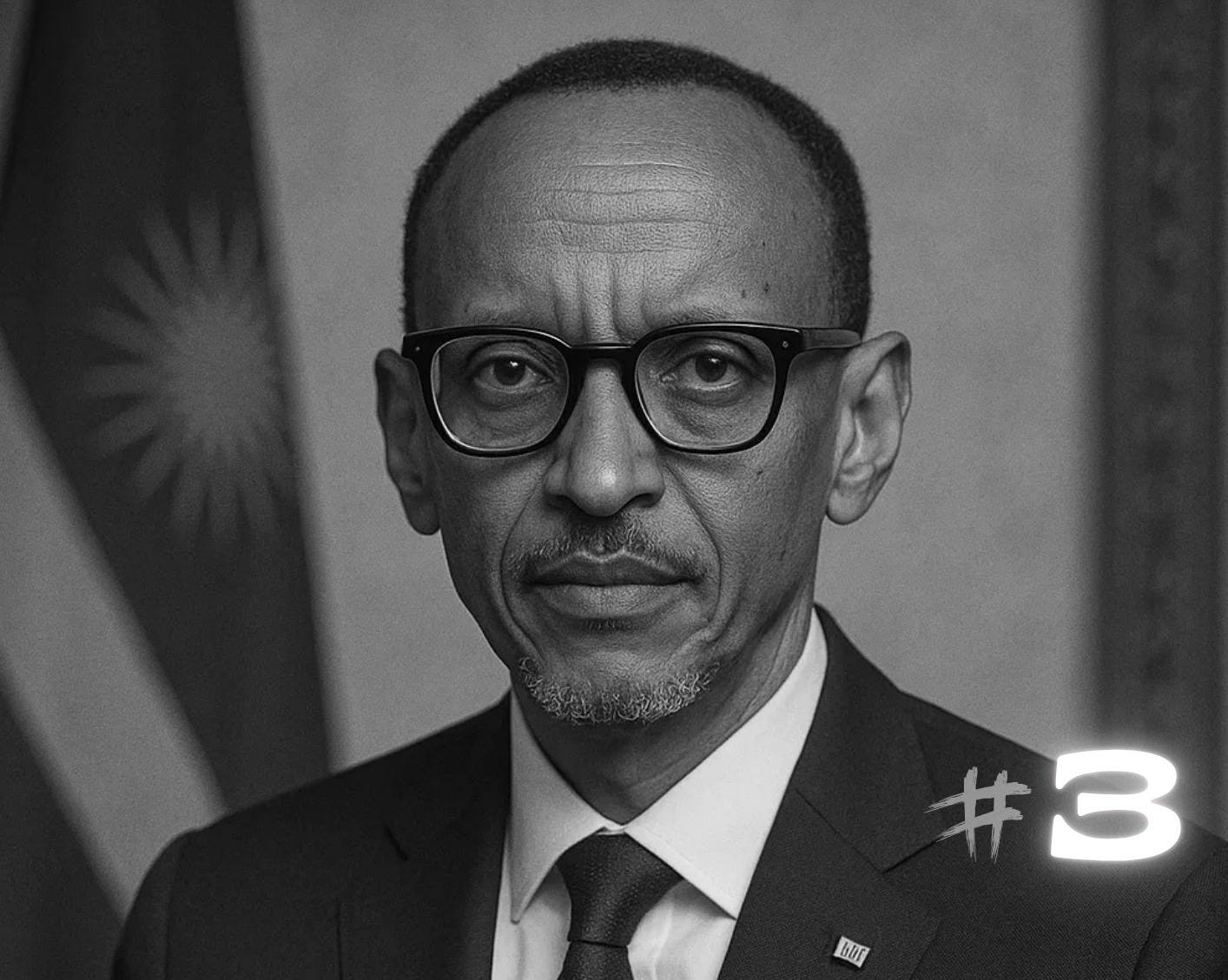A FEW GREAT LEADERS: Rwanda's Digital Renaissance: Paul Kagame and the Architecture of African Possibility
Rwanda's Digital Renaissance: Paul Kagame and the Architecture of African Possibility
Ubwiyunge bw'u Rwanda: Ubunyangamugayo bwa Perezida Kagame n'ubwubatsi bw'ejo hazaza h'Afurika
In the hills of Kigali, where acacia trees once witnessed unspeakable tragedy, fiber optic cables now carry the dreams of 13 million Rwandans into a digital future. Paul Kagame stands as the architect of this transformation—securing 99.18% electoral support in 2024 while delivering 8.5% GDP growth that outpaces most developed economies. Yet numbers alone cannot capture the profound shift from a nation once synonymous with genocide to Africa's innovation laboratory.
Born in 1957 in southern Rwanda, Kagame's early years unfolded in Ugandan refugee camps after his family fled escalating ethnic violence. These formative experiences in exile shaped a leader who would later understand that true sovereignty requires both vision and unwavering resolve. His military education in Tanzania, followed by service in Yoweri Museveni's National Resistance Army, forged the strategic discipline that would prove essential during Rwanda's darkest hour.
When the Rwandan Patriotic Front launched its invasion in October 1990, Kagame emerged from his role as Ugandan intelligence officer to command a guerrilla force fighting for the right of return. The assassination of President Habyarimana in April 1994 triggered the genocide that claimed over 800,000 lives in 100 days. Through this horror, Kagame's RPF fought a remarkable campaign, advancing from the north and east to capture Kigali by July 4, 1994—ending the slaughter and establishing the foundation for his eventual presidency in 2000.
The transition from military commander to political leader required extraordinary diplomatic finesse. Between 1994 and 2000, serving as vice president and defense minister under President Pasteur Bizimungu, Kagame demonstrated restraint while wielding effective power. When Bizimungu resigned in March 2000, parliament unanimously elected Kagame as president, formalizing leadership many considered inevitable. This peaceful constitutional transition established precedent for institutional governance that would define his tenure.
To access this, the whole series of 17 leadership reports and all wattyalan has to offer, join us for the journey!


